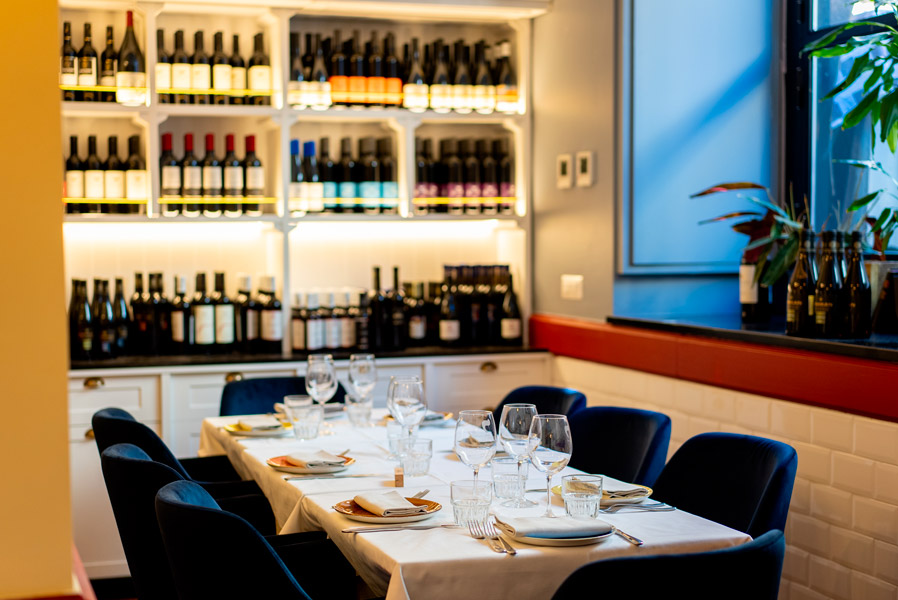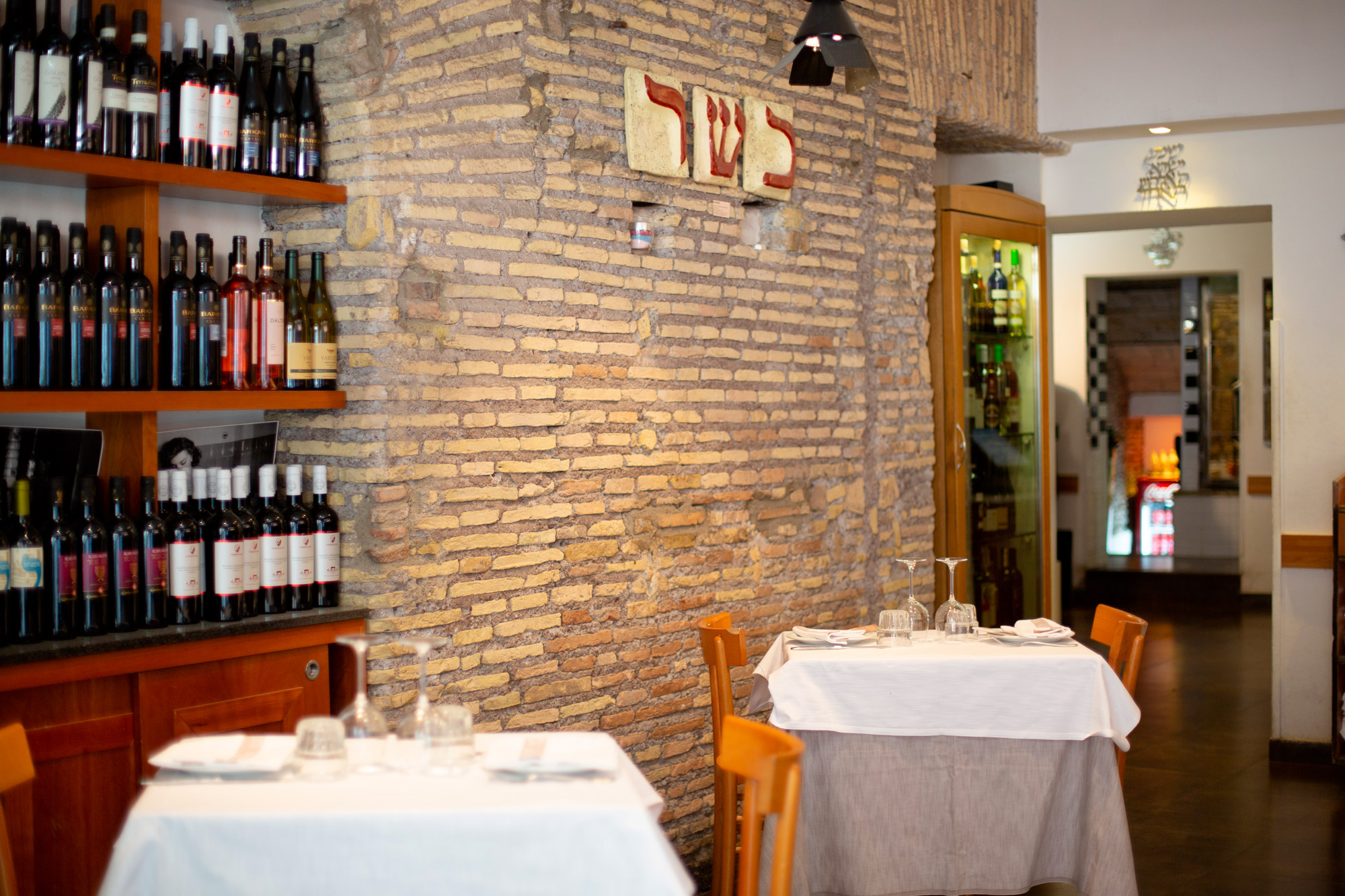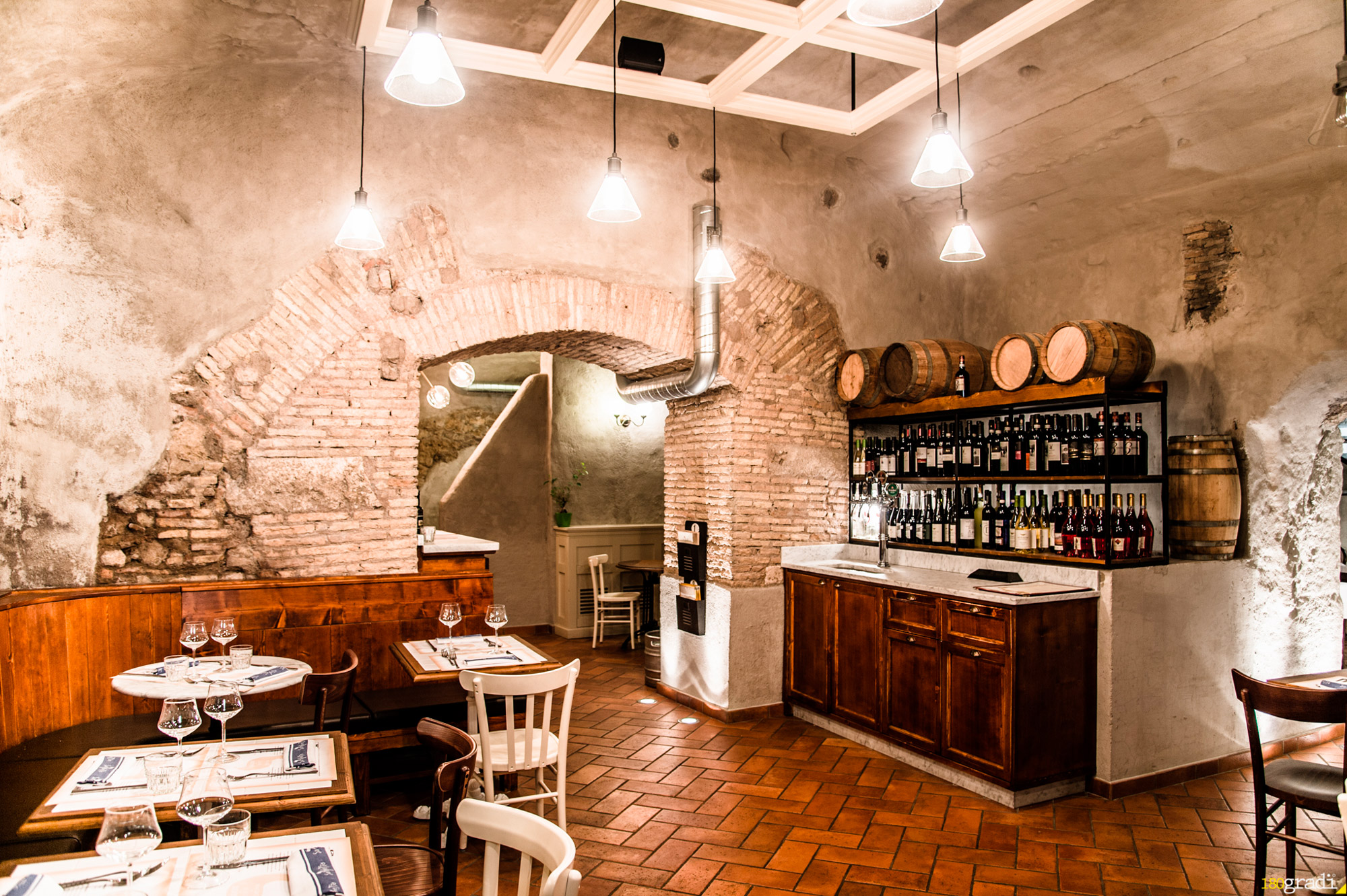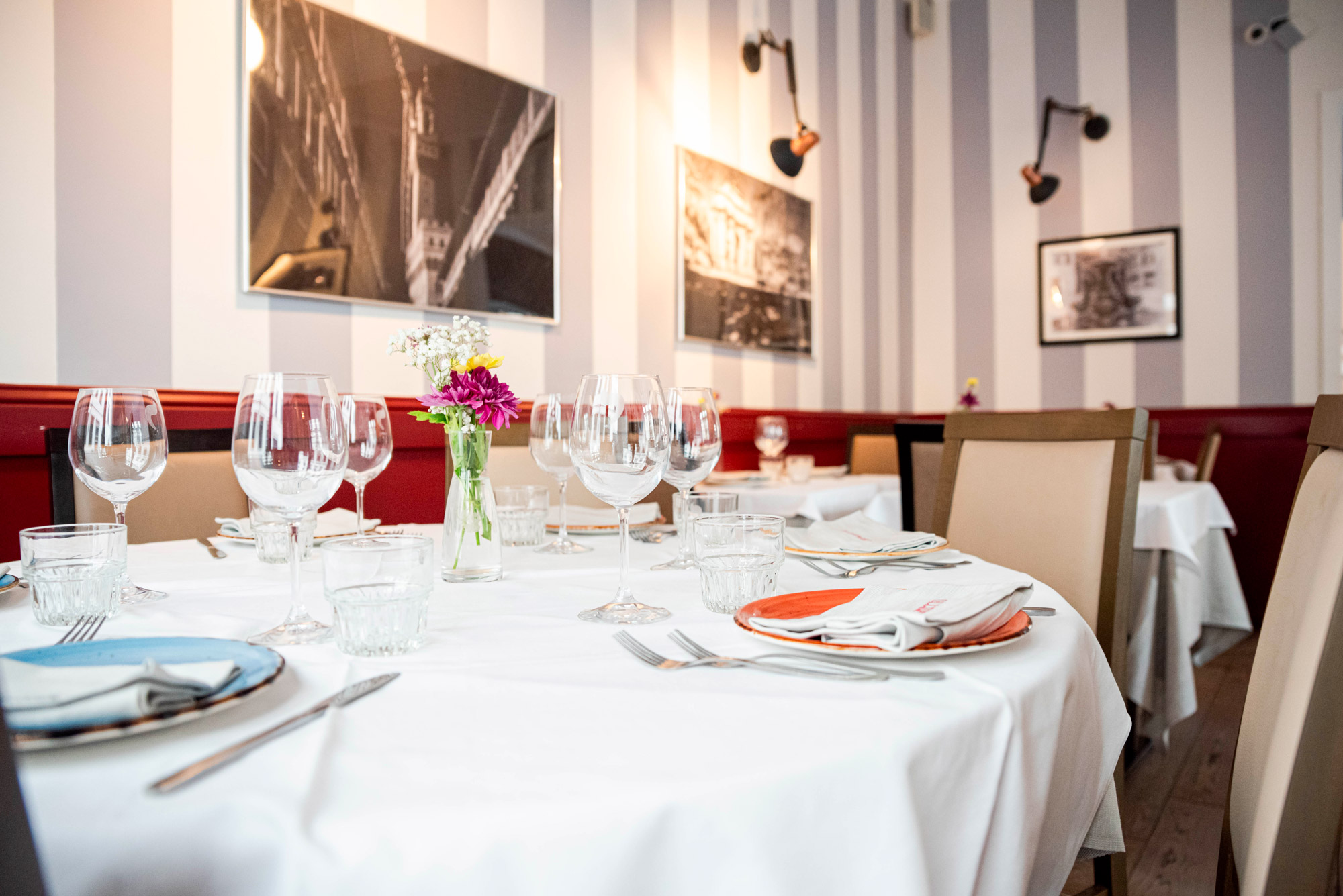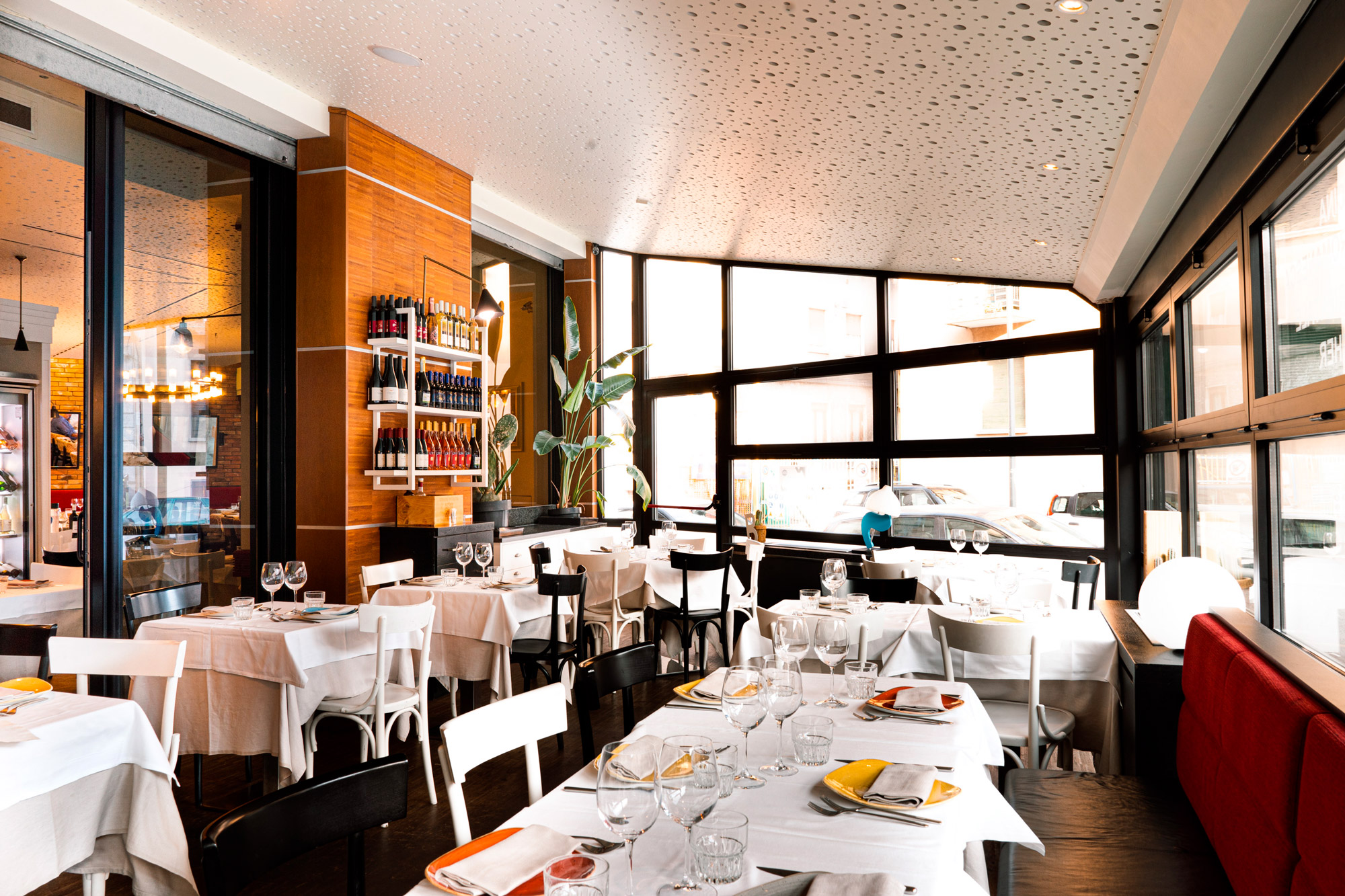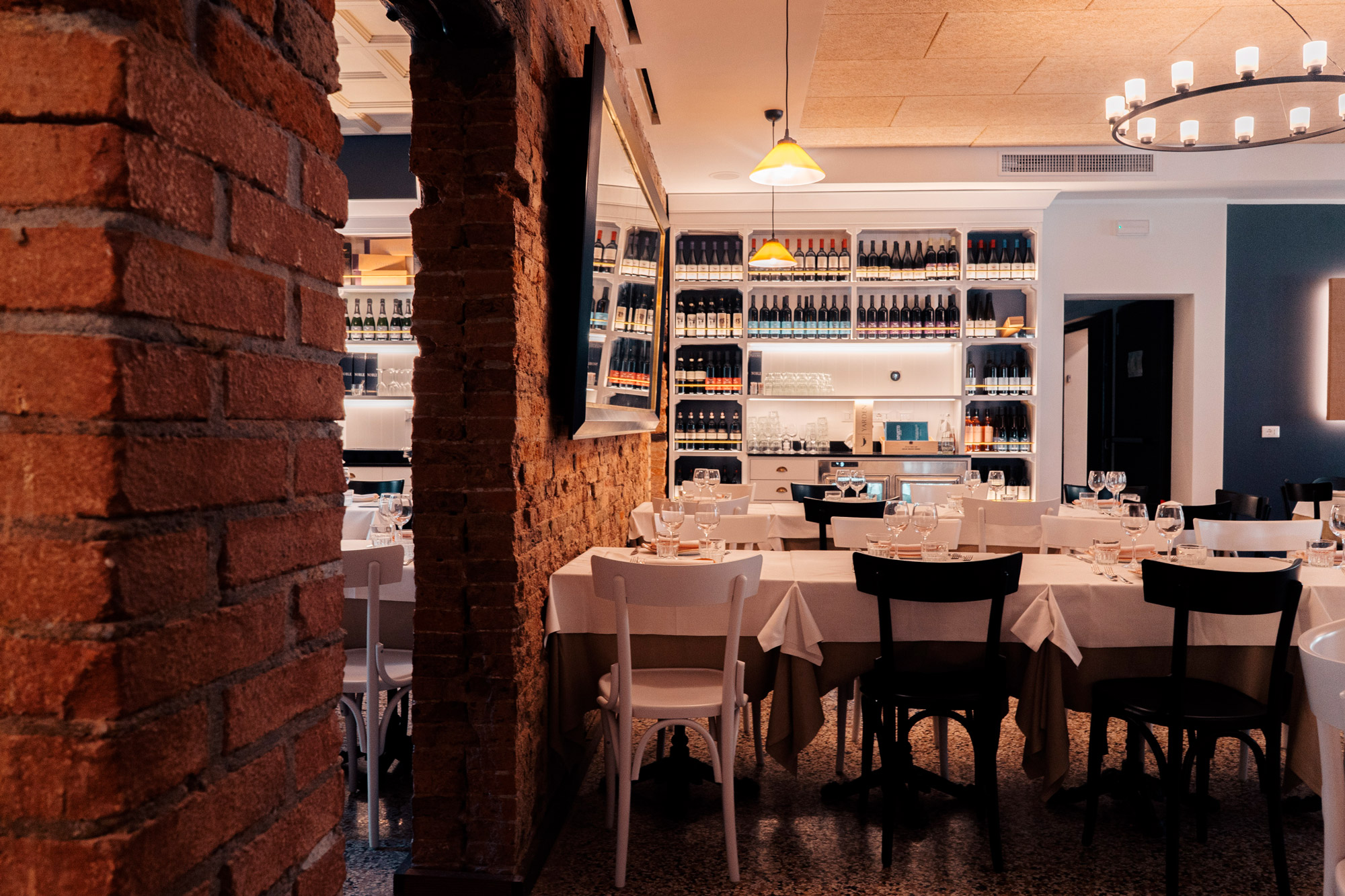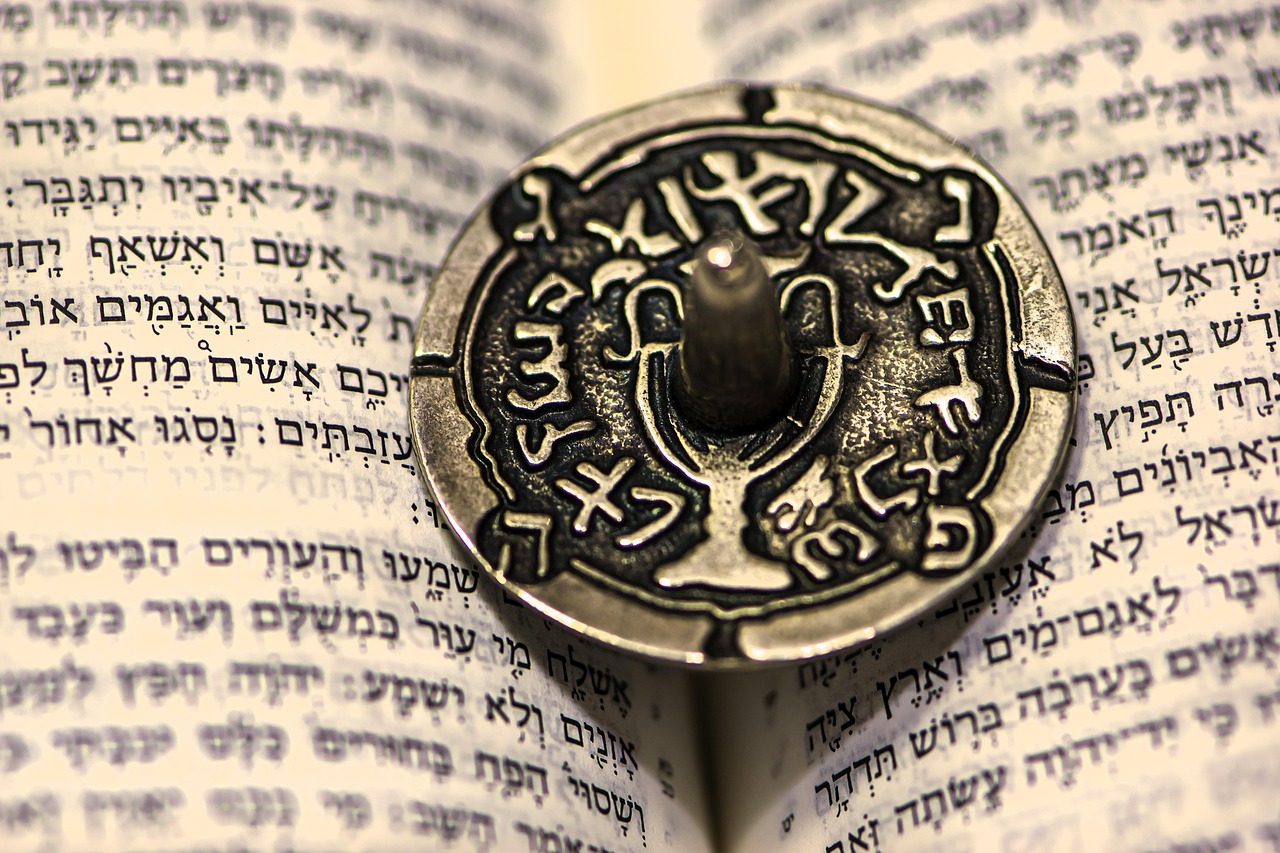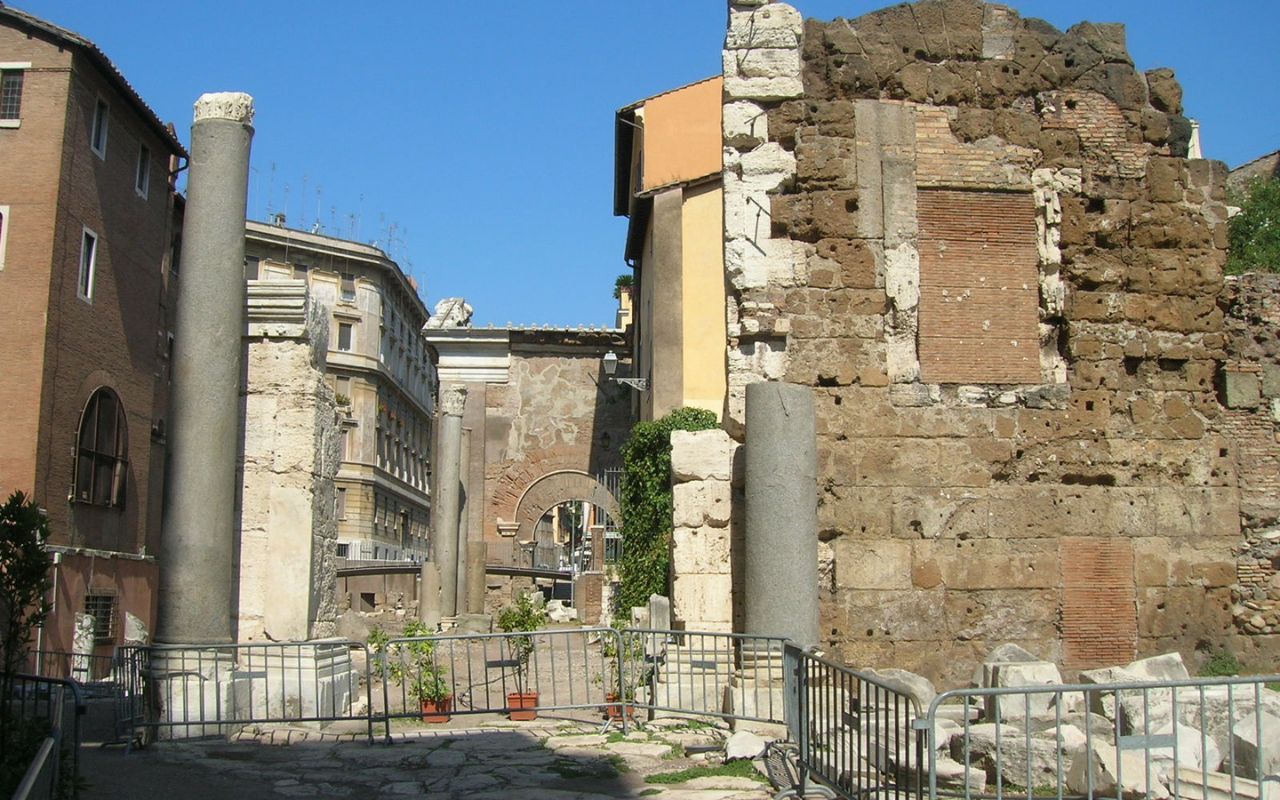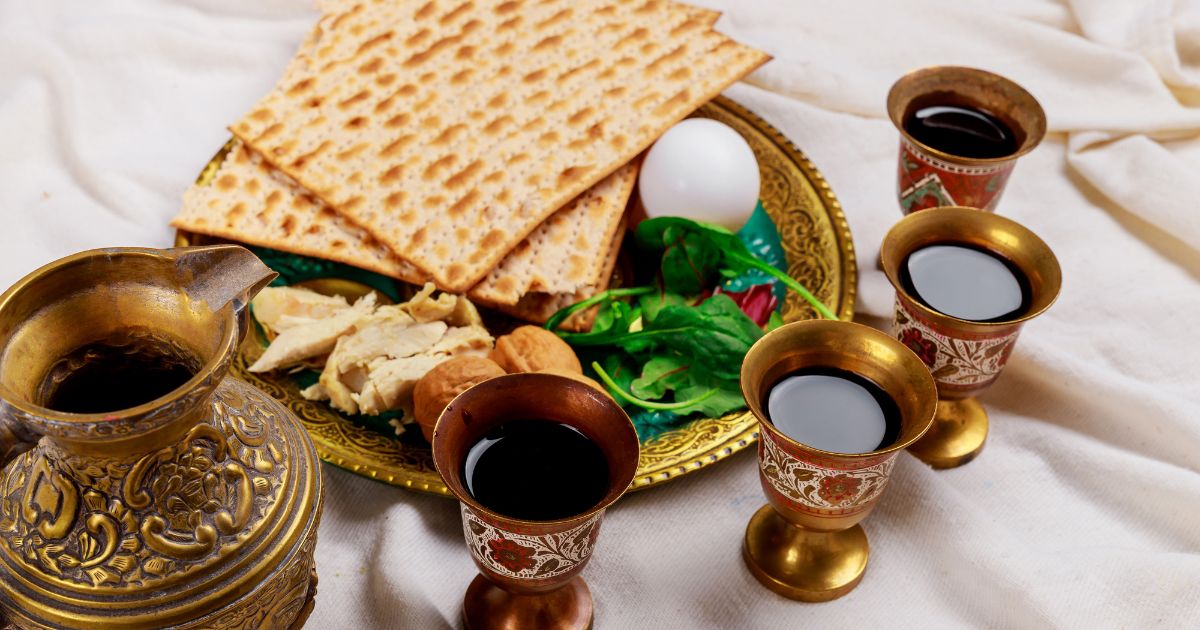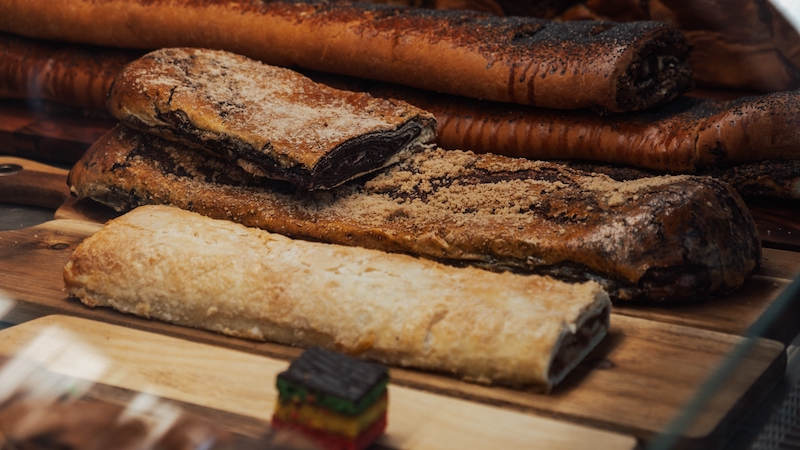The Jewish Quarter of Rome is a precious gem in the heart of the Eternal City. Often overlooked by mainstream tourist routes, it holds memories, flavors, and stories that date back to the Roman Republic. Even today, it continues to surprise visitors with its vibrant cultural, religious, and culinary life.
What is the Jewish Quarter in Rome called?
Rome’s Jewish Quarter is commonly known as the Jewish Ghetto, or simply “the Ghetto.” The name has a very specific historical origin: in 1555, Pope Paul IV established an area of the city where Jews were forced to reside. While the term “ghetto” may carry negative connotations today, in Rome it has become an affectionate name, symbolizing a neighborhood rich in history and proud identity.
The official name of the area is Rione Sant’Angelo, one of the oldest districts in Rome. Yet the heart of Jewish identity still resonates in that name which once meant segregation but today tells a story of rebirth, culture, and memory.
Where is the Jewish Ghetto in Rome?
The Jewish Ghetto is located in the historic center of Rome, just a short walk from Campo de’ Fiori and Piazza Venezia, between Lungotevere De’ Cenci and Via del Portico d’Ottavia. The area belongs to Rione Sant’Angelo, named after the Church of Sant’Angelo in Pescheria, built on the site of the ancient Roman fish market.
Its central location makes the Ghetto an ideal stop for those seeking a less touristy yet deeply authentic side of Rome. Here, Roman temples, synagogues, kosher restaurants, imperial ruins, and medieval buildings coexist in a fascinating mix of eras and styles.
How to reach the Jewish Ghetto in Rome
Thanks to its central location, the Jewish Quarter is extremely easy to reach. Here are a few options:
- On foot: if you’re in the city center, it’s a lovely walk from Trastevere, Piazza Venezia, or Largo Argentina.
- Bus: several lines stop nearby. The most convenient stop is on Lungotevere De’ Cenci.
- Tram: running between Trastevere and Piazza Venezia. Get off at Arenula/Cairoli.
- Metro: the closest stations are Colosseo or Circo Massimo, though both require about a 15-minute walk.
If you’re using a bike or electric scooter, even better—the area is peaceful and ideal to explore on two wheels.
What to see in the Jewish Ghetto of Rome
Don’t be fooled by its small size: the Jewish Ghetto is packed with fascinating places, historic landmarks, and artistic gems. Here are a few must-sees:
- Portico of Octavia: a majestic Roman structure from the 2nd century BC, once a library and public space, now framing the neighborhood with its elegant ruins.
- Turtle Fountain: located in Piazza Mattei, it’s one of the most romantic and refined fountains in Rome.
- Great Synagogue of Rome: built in 1904, it’s the city’s main synagogue. Also visit the Jewish Museum of Rome, housed in the same building.
- Via della Reginella: one of the most picturesque and photographed streets, with artisan shops and charming corners.
- Stumbling stones: small brass cobblestones placed in front of homes where Jewish residents were deported during the Nazi occupation in 1943.
- Theatre of Marcellus: often mistaken for the Colosseum, it’s an Augustan-era amphitheater partially incorporated into modern buildings.
How much time to visit the Jewish Quarter
It depends on how deep you want to go. A general visit takes about two hours. But if you plan to:
- enter the Great Synagogue,
- tour the Jewish Museum,
- enjoy a kosher meal,
- and explore nearby spots like Largo Argentina or Tiber Island,
then consider spending half a day here.
How did Jews arrive in Rome?
The Jewish presence in Rome is one of the oldest in the diaspora, dating back to the 2nd century BC, during the wars between Rome and the Seleucid Kingdom. The first Jews arrived as ambassadors or merchants but soon settled along the Tiber, mainly in the area that later became the Ghetto.
After the destruction of the Temple of Jerusalem in 70 AD, many Jews were deported to Rome as prisoners of war, swelling the local population. Despite centuries of hardship, they preserved their religious and cultural identity, giving rise to a unique community: Roman Judaism, with its own customs, rites, and cuisine.
When was the Ghetto in Rome closed?
The Roman Jewish Ghetto was officially abolished in 1870, with the city’s annexation to the Kingdom of Italy. Until then, for over 300 years, Roman Jews lived confined in an area closed off by three gates, under special taxes, bans, and restrictions.
After Italian unification, the walls were torn down and the neighborhood redeveloped. Still, the area never lost its identity—many Jewish families stayed and rebuilt a strong, proud, and vibrant community.
Who lives in the Jewish Ghetto today?
Today, the Ghetto is an open and multicultural neighborhood, but the Jewish presence remains strong and deeply rooted. Among its residents are:
- families from the historic Roman Jewish community,
- students and artists drawn to the vibrant atmosphere,
- professionals working in the city center.
The area is also home to Jewish schools, cultural centers, specialized bookstores, and smaller synagogues. During Shabbat and Jewish holidays, it’s common to see people in traditional dress walking together to the Great Synagogue.
What do people eat in the Jewish Ghetto of Rome?
Jewish-Roman cuisine is one of the most authentic expressions of Roman gastronomy. Born from the fusion of kosher rules and local ingredients, this culinary tradition features simple, rustic, and incredibly flavorful dishes. Some highlights from kosher restaurant menus include:
- Carciofi alla giudia: whole deep-fried artichokes, irresistibly crispy—a must-try.
- Fried cod fillets: golden and crispy, perfect as street food.
- Stuffed zucchini flowers: filled with anchovies and mozzarella, fried to perfection.
- Zucchini concia: fried zucchini marinated in vinegar, garlic, and mint.
- Jewish pizza: a spiced dessert rich in dried and candied fruit.
- Ricotta and sour cherry tart: a beloved staple of Jewish-Roman pastry.
Where to try traditional Jewish cuisine in Rome
Ready to taste these specialties in the heart of the Jewish Quarter? Book a table at Ba’Ghetto: a historic kosher restaurant and a landmark of Jewish-Roman cuisine in Rome.
Expect warm hospitality, high-quality ingredients, and dishes steeped in tradition for a one-of-a-kind gastronomic experience.




